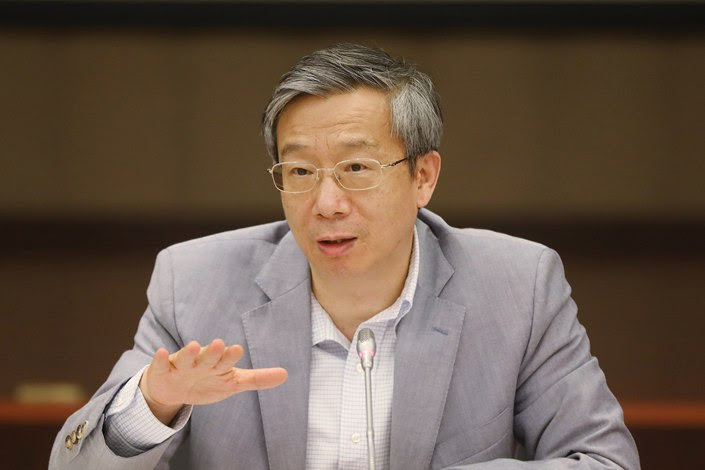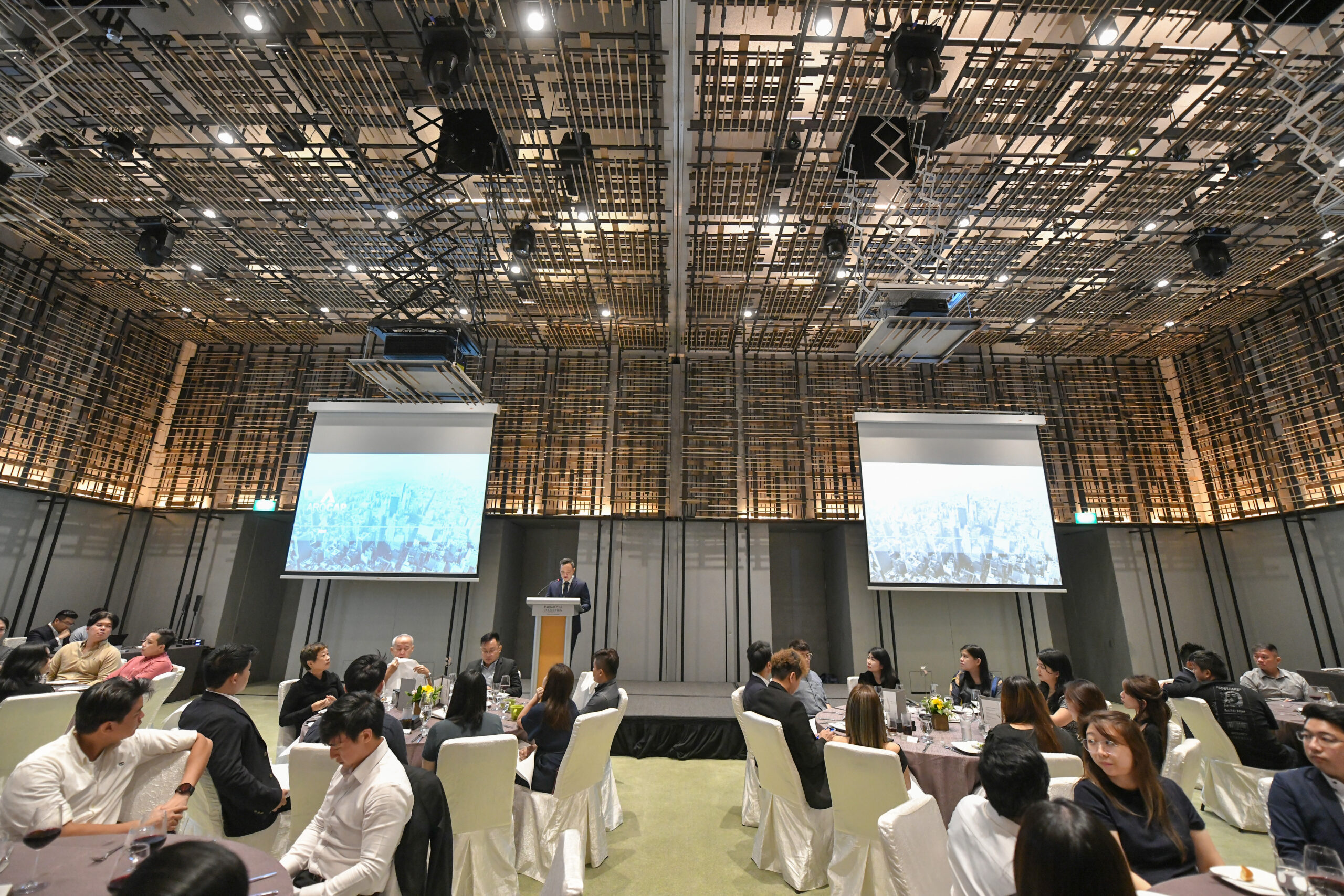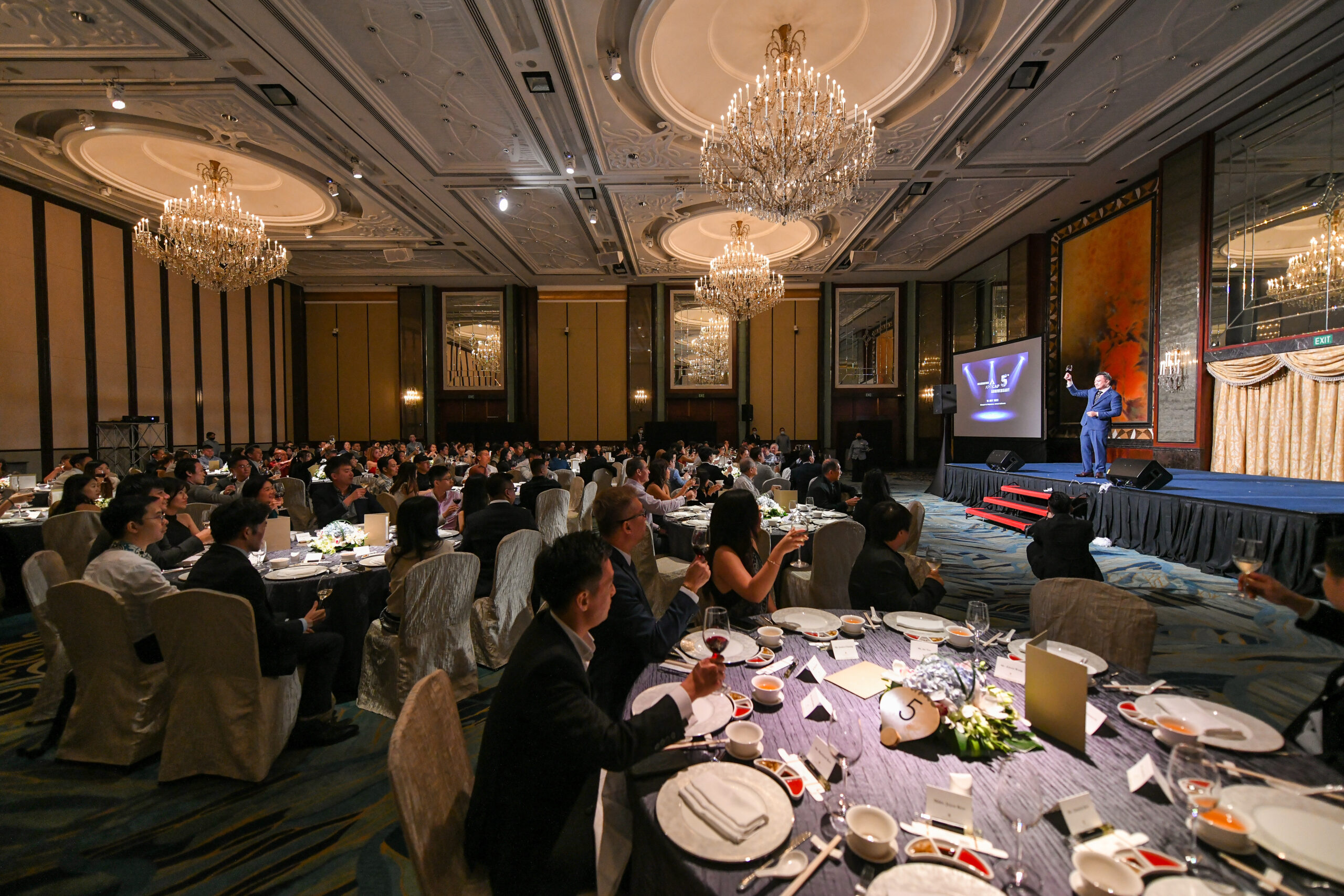
The troubles with China’s economy - Evergrande in focus
Phoebe Goh
9 min read
A brief history of Evergrande’s challenges
Evergrande, a company established in 1996 by Hui Ka Yan, grew rapidly as a result of substantial borrowing. It became the top dollar-debt borrower among its competitors and, at one point, was the largest developer in terms of contracted sales in the country. Evergrande, which claims to have over 1,300 projects in 280 cities, diversified its operations over time, venturing into electric vehicles and local sports teams. In 2020, the company faced a liquidity crisis and proposed a plan to cut its $100 billion debt by half by mid-2023. However, as Chinese regulators started to clamp down on overborrowing and the housing market started to decelerate, Evergrande experienced significant funding issues. This led to a drop in the company’s stocks and bonds, and it eventually defaulted on payments for some dollar bonds in December 2021. In response, a risk management committee, predominantly made up of government officials, was quickly formed to prevent a total breakdown and oversee the company’s restructuring efforts.
Evergrande’s March restructuring plan suggested bond investors receive new notes due in 10 to 12 years or a mix of new debt and share-related instruments. Evergrande also prepared new details for creditors, including a Deloitte recovery analysis. The average Evergrande note recovery would be 22.5%, or 3.4% if liquidated.
The woes of Evergrande
Evergrande’s situation is dire. Chairman Hui was put under residential surveillance in September, and the company failed to repay a bond, cancelled crucial creditor meetings, and had staff from its money management unit detained. It failed to meet the criteria for issuing new bonds, impacting its restructuring plans for $30 billion of offshore debt. Its delayed results revealed $81 billion in losses for 2021 and 2022—its first full-year losses since 2009. Despite increased revenue, Evergrande posted another $4.5 billion loss for the first half of 2023. Its total liabilities remained high, and a cash shortage threatened the completion of its real estate projects.
Evergrande’s construction sites showed signs of normalcy this year, with some projects nearing completion. Despite facing over 2,000 lawsuits, its contracted-sales ranking improved. However, a sharp drop in stock value and ongoing legal pressures remain concerns. To top it off, the boost in sales may likely have been due to discounted property sales to repay overdue loans.
Yi Gang, the governor of the People’s Bank of China, stated that a full bailout for Evergrande is unlikely. A full bailout could indirectly approve reckless borrowing, similar to past high-flyers like Anbang Group Holdings Co. and HNA Group Co. However, letting Evergrande fail would impact many other companies and prospective homeowners. Hence, Chinese regulators have attempted to mitigate the issue by directing Evergrande to prioritize paying migrant workers and suppliers.

China’s real estate sector is experiencing a significant slowdown, hampering the country’s economic recovery. After a 28% drop in national residential sales in 2022, recovery stalled by mid-year, with home values decreasing across cities. A major private developer, Country Garden Holdings Co., is on the brink of a potential default that could be more severe than Evergrande’s.
This slowdown has resulted in a contraction of property investment during the first eight months. The crisis is now extending to state-owned developers, with increased warnings of potential losses. The financial sector is not immune either, with trust companies carrying significant exposure to real estate and missing payments on some investment products.
Evergrande today
A creditor has made a claim on assets connected to Evergrande Chairman Hui, who has fallen out of favor in the real estate industry. The properties were pledged to Orix Asia as collateral for a late 2021 mortgage loan worth HK$821 million ($105 million). The properties, valued at over HK$1.5 billion, are set to be officially seized in a matter of days, as reported by local media outlet HK01. Cosimo Borrelli and Tang Tak Yeung are the designated receivers for one of the properties. On Black’s Link, Hui had another property that a bank took last year. The creditor has been attempting to sell this property overlooking Victoria Harbour for HK$880 million, but finding a buyer has proven difficult in the current sluggish real estate market.
Offshore creditors of China Evergrande Group are demanding controlling equity stakes in the property developer and its two Hong Kong subsidiaries as part of discussions regarding the company’s revised restructuring proposal. This demand adds a new layer of complexity to the situation before a court hearing scheduled for Monday, where Evergrande faces the threat of a liquidation order unless it can present a convincing restructuring plan.
The creditors’ proposition is a debt-for-equity swap, which came after Evergrande proposed offering 17.8% of the parent company and 30% of each of the subsidiaries. It remains unclear whether Evergrande has responded to this proposal or if it will bring the parties closer to an agreement.
Evergrande is currently at the center of China’s property crisis, which started three years ago with Beijing’s de-leveraging initiative. The company has found it difficult to formulate a sustainable restructuring plan, and this has resulted in its winding-up lawsuit dragging on for over a year. At the most recent hearing in October, the judge adjourned the proceedings to Dec. 4, stating that it would be the final adjournment.
Evergrande’s initial proposal had included an option for some creditors to receive instruments tied to the equity of the three firms. However, the Evergrande group, its energy vehicle unit, and the property service management arm are all penny stocks trading at or below HK$0.50.

Evergrande’s initial proposal had offered some creditors the option to receive instruments linked to the equity of the three firms. However, all three firms, the Evergrande group and its energy vehicle unit and the property service management arm, are penny stocks trading at or below HK$0.50. Creditors are now considering who Evergrande should engage for professional assistance if a wind-down order is issued. The bondholder group has suggested the court appoint consulting firm Alvarez & Marsal for the task, while others have recommended Ernst & Young LLP.
A group of holders who claim to control around $2 billion of the offshore notes issued by Scenery Journey Ltd., an Evergrande unit, stated that any winding up of China Evergrande Group is a diversion. The bondholder group supports the management’s ongoing attempts to maintain Hengda Real Estate, another Evergrande unit, as a viable business and to ensure project completion and home delivery.
With all these issues on hand, one can’t help but wonder how long the government would stay put simply watching matters unfold. In fact, Xi’s tolerance for the dwindling economy appears to have reached a limit, and he is finally making an attempt to step in with a rescue attempt.
Rescue emerges
The Politburo, China’s top decision-making body, signaled increased support for the real estate sector, which contributes up to 20% of the GDP. At present, the Chinese authorities are ramping up pressure on banks to support struggling property developers, signaling that President Xi Jinping’s patience with the real estate sector’s turmoil is nearing an end. Developer stocks and bonds experienced a rally in China this week as authorities are considering introducing some of the most comprehensive measures yet, including a draft list of firms eligible for bank support and potentially allowing banks to offer unsecured loans to developers for the first time.
The aim of these measures is to alleviate the cash crunch in the real estate industry, underscoring the concern among China’s top leadership about the ongoing crisis. Beijing also aims to ensure developers have sufficient funds to complete the millions of homes under construction, even if it implies additional risks for its banks.
New measures to support the property sector could break the cycle of widespread defaults and prevent systemic risks. Despite these measures, home sales have been declining for 18 out of the last 22 months as buyers remain uncertain due to construction delays, falling prices, and company defaults.
Beijing is now focusing on the world’s largest banks, urging them to extend more credit and ensure that loan growth to private developers matches the industry average. The hope is that if firms like Country Garden Holdings Co. can use the cash infusion to complete homes and avoid more headline-grabbing defaults, buyers will regain confidence and sales will rebound. Banks could even avoid losses if the sector stabilizes.

However, some analysts warn that the measures may not be enough to revive the market. Banks have been the weak link in China’s rescue attempts so far. Despite government exhortations since late last year for them to lend more, property loans fell year-on-year in the third quarter—the first time that’s ever happened. Banks made 2.4 trillion yuan ($336 billion) in property development loans in the first three quarters, according to China’s financial regulator.
Even so, the funding needs are massive. Just completing construction on the unfinished homes would require about 3.2 trillion yuan, Nomura economists wrote in a note this month. The latest measures seem to be short of filling that hole: the property lending targets for banks could lead to just 407 billion yuan of additional loans, Goldman Sachs Group Inc. analyst Shuo Yang said in a note.
To help mitigate risks, officials are considering a mechanism that would allow one lender to take the lead in supporting a specific distressed builder by coordinating with other creditors on financing plans.
Chinese property developers used to rely on selling houses in advance of construction to fund their development, with loans and bond issuance secondary. But that pre-sales funding has dried up for many developers, increasing the need for bank support. About 85% of the offshore property bonds by value are in default or subject to a bond exchange, according to estimates from Goldman Sachs. Some $44 billion in offshore bonds are in default this year alone, based on a tally by Bloomberg.
A Trader’s View
Since the insight is about China’s property market, let us take a look at how the Chinese Yuan (RMB) is fairing against some of the major currencies.
USD/CNH

We can see from the weekly chart above that since the start of 2023, the US dollar has been strengthening against the Chinese yuan. It hits the resistance of 7.37, then rides back down to test the recent support of 7.115. It seems like there may be a chance of support there. Looking at the overall trend, the probability of a continuous uptrend is higher. Once it breaks 7.37, I think it may climb further.
So we can see from the chart that the Chinese yuan is weakening against the US dollar. Is the Chinese Yuan weakening? Let us look further by looking at another major currency.
EUR/CNH

We can see that since the middle of 2022, the euro has been strengthening against the Chinese yuan, and currently it’s trading between major support and resistance. The current trend is an uptrend.
Therefore, we can confidently say that the Chinese yuan is weakening at the moment.
Aaron Kuan

















